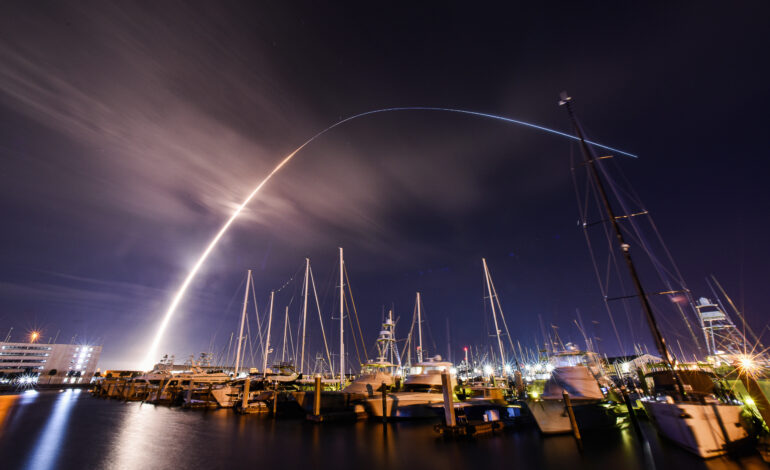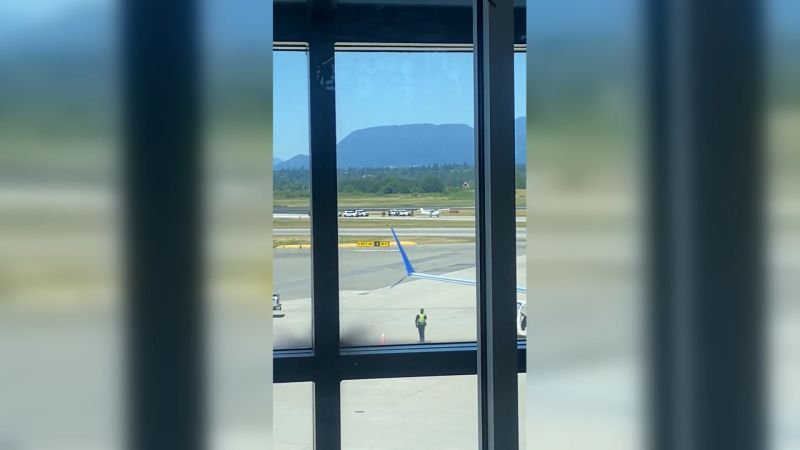Vulcan Rocket Set for Inaugural Military Launch on August 12

The United Launch Alliance (ULA) is preparing to launch its new Vulcan rocket for the first time in a military mission next week. Scheduled for August 12, pending range approval, the mission will lift off from Cape Canaveral Space Force Station in Florida. The rocket will carry crucial satellites for the Space Force, destined for geosynchronous orbit approximately 22,000 miles above Earth.
This mission marks a significant milestone for ULA, which has been a primary launch provider for the Defense Department for many years. Development of the Vulcan rocket began in 2014, designed to replace ULA’s legacy Atlas V rocket. Last year, the Vulcan successfully completed two demonstration flights and received military certification from the Space Force in March.
Only ULA and SpaceX currently possess rockets certified to conduct National Security Space Launch (NSSL) missions. Before SpaceX’s Falcon 9 achieved certification, ULA was the sole provider for military launches. In a strategic shift, SpaceX secured a 40% share of upcoming military missions scheduled for fiscal years 2022 to 2027, while ULA retains 60% of these contracts.
In April, the Space Force awarded a combined $13.5 billion to ULA, SpaceX, and newcomer Blue Origin for missions set to take place between fiscal years 2027 and 2032. SpaceX will receive $5.9 billion for 28 missions, ULA $5.3 billion for 19 missions, and Blue Origin $2.3 billion for seven.
Mission Details and Technological Innovations
The Space Force mission, designated USSF-106, was originally scheduled for launch in 2022 but has faced delays. Now, as a Vulcan mission, it includes the Navigation Technology Satellite-3 (NTS-3), built by L3Harris. This experimental spacecraft aims to enhance the Space Force’s GPS capabilities and support future programs.
The project, led by the Air Force Research Laboratory in collaboration with Space Systems Command, will test a range of new technologies. These include steerable beams for regional coverage, a reprogrammable payload that can receive upgrades while in orbit, and measures to protect against signal jamming.
Once NTS-3 is operational in orbit, the Air Force Research Laboratory will conduct experiments over a year, assessing how new satellite configurations can bolster the Space Force’s positioning, navigation, and timing (PNT) capabilities. This could lead to the integration of these advancements into the Space Force’s upcoming GPS IIIF satellites, developed by Lockheed Martin, which are nearing initial production.
NTS-3 represents the first major PNT demonstration from the Air Force Research Laboratory in nearly fifty years. The last satellite in the NTS series launched in 1977 and was instrumental in developing technologies that are now foundational to the GPS system.
As the launch date approaches, the success of the Vulcan rocket’s first military mission could redefine the future of U.S. military satellite operations and enhance national security capabilities.






